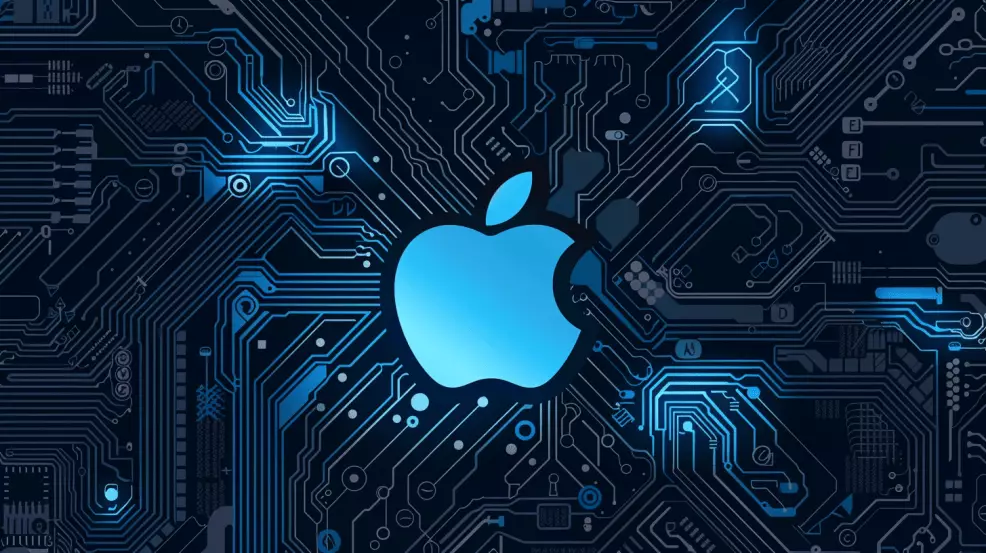In the realm of artificial intelligence, few innovations hold as much potential for transformative impact as advancements in depth perception. Recent developments by Apple’s AI research team have culminated in a groundbreaking model named Depth Pro. This innovative system promises to redefine how machines interpret depth from visual data and offers significant implications for industries as diverse as augmented reality (AR) and autonomous driving. By generating intricate 3D depth maps from single 2D images in mere milliseconds—without the necessity for comprehensive camera data—the Depth Pro model heralds a new era in machine perception.
Depth Pro operates through monocular depth estimation, a discipline that traditionally relies on multiple images or specific metadata like focal lengths to derive depth. The advent of Depth Pro marks a pivotal shift, allowing for the creation of high-resolution, two-dimensional maps in just 0.3 seconds, even on standard GPU setups. The model can produce 2.25-megapixel maps, achieving a level of clarity that captures intricate details including hair strands and tree leaves—elements often overlooked by conventional depth estimation methods.
The essence of Depth Pro’s capability lies in its sophisticated architecture. By employing a multi-scale vision transformer, the model adeptly balances both macro-contextual image interpretation and micro-level details. This dramatic improvement sets Depth Pro apart from older, less effective systems and cements its reputation as one of the fastest and most precise models available.
One of Depth Pro’s standout attributes is its proficiency in estimating metric depth. This capability enables the model to provide real-world measurements essential for applications in AR, where precise alignment of virtual objects within physical environments is crucial. Furthermore, Depth Pro operates under what is termed “zero-shot learning,” which allows the model to generate accurate predictions without extensive prior training on domain-specific datasets. This flexibility significantly enhances the model’s versatility, allowing it to be used broadly across a range of images without necessitating specific camera data.
Applications of Depth Pro’s capabilities extend far beyond woodworking previews in e-commerce. For instance, in the automotive sector, the model’s ability to yield real-time, high-quality depth evaluations from single-camera feeds could revolutionize autonomous vehicle navigation and safety. By mitigating the exhaustive training required for traditional models, Depth Pro embodies a significant efficiency advancement in the development process.
Overcoming Challenges in Depth Estimation
Depth estimation does not come without its challenges. A particularly troublesome phenomenon known as “flying pixels” commonly disrupts the perceived accuracy of depth mappings, creating visual artifacts that appear to float in space. However, Depth Pro addresses this challenge with robust methodologies that ensure reliability—especially critical in fields where precision is non-negotiable, such as 3D reconstruction and virtual simulations.
Additionally, Depth Pro excels in boundary tracing, asserting notable superiority over its predecessors in delineating object boundaries. The improved accuracy—notably claimed to exceed previous systems by a multiplicative factor—will be particularly beneficial for applications requiring precise object segmentation, including medical imaging and digital content production.
In an ambitious move to enhance accessibility and spur further development, Apple has released Depth Pro as an open-source project. By providing the model’s architecture and pretrained weights on platforms like GitHub, the tech giant invites developers and researchers worldwide to explore, experiment, and expand upon its capabilities. This initiative not only democratizes access to cutting-edge depth estimation technology but also signals Apple’s commitment to fostering innovation across various sectors, including robotics, manufacturing, and healthcare.
The open-source approach may accelerate widespread adoption by streamlining the development process for tech enthusiasts eager to explore the potential applications of Depth Pro in their projects. This gesture could pave the way for future enhancements, driving the model to adapt and evolve even further to meet distinct industry needs.
As artificial intelligence continues to reshape numerous sectors, Depth Pro stands as a testament to the power of research in generating practical solutions. By enabling machines to comprehend their environments through accurate, real-time depth mapping, Depth Pro sets a new standard in the field of monocular depth estimation. Its potential applications range from enriching consumer experiences to fundamentally enhancing the capabilities of autonomous systems.
The implications are vast: as industries increasingly integrate AI with spatial awareness technology, Depth Pro could significantly alter the landscape of machine interaction with the physical world. If utilized effectively, this model might not only improve the functionality of existing technologies but also give rise to innovative applications previously unimagined. That prospect highlights an exciting frontier in AI development—one where the intersection of technology and reality creates breakthroughs that empower both consumers and industries alike.

